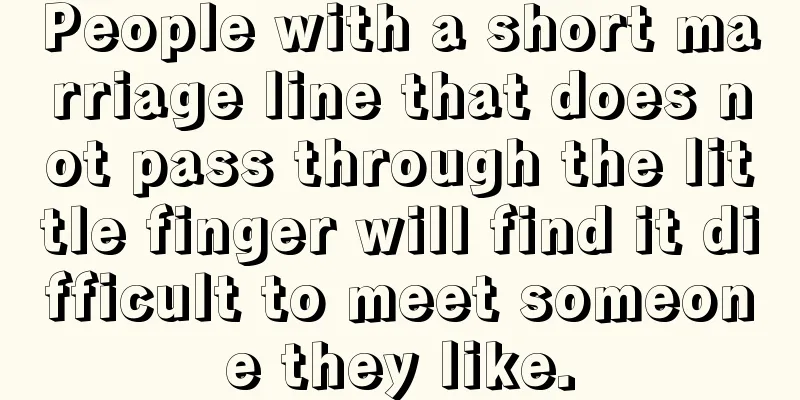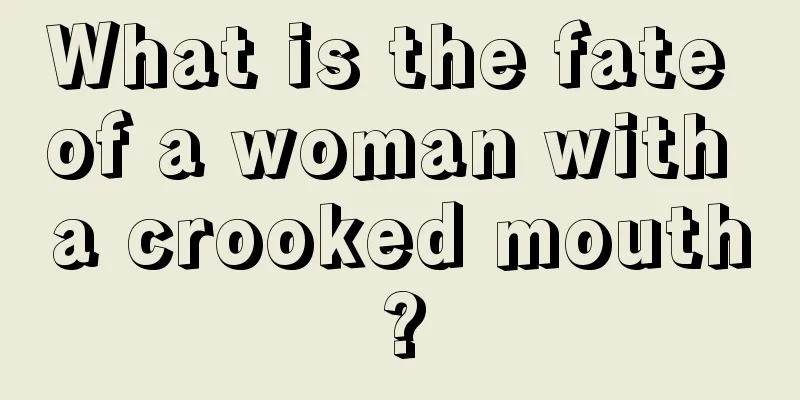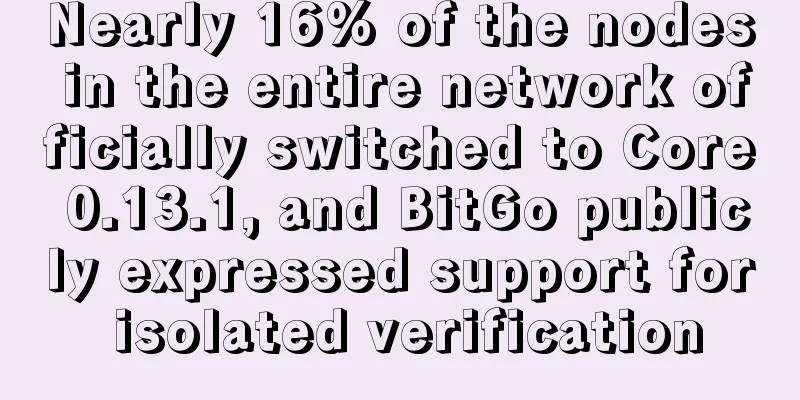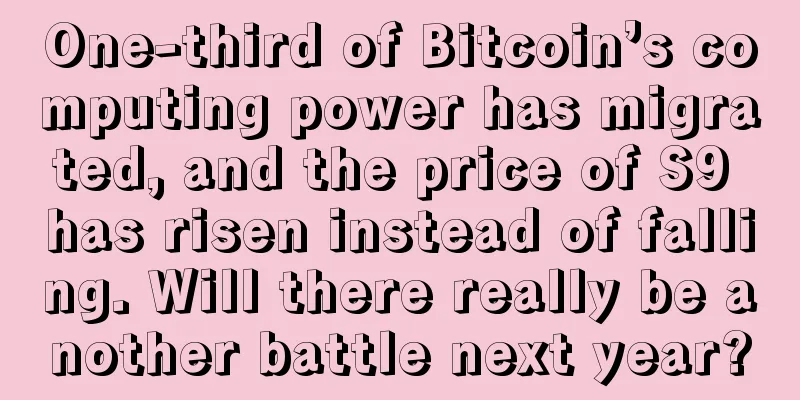Vitalik: Why doesn’t PoS significantly reduce block times compared to PoW?
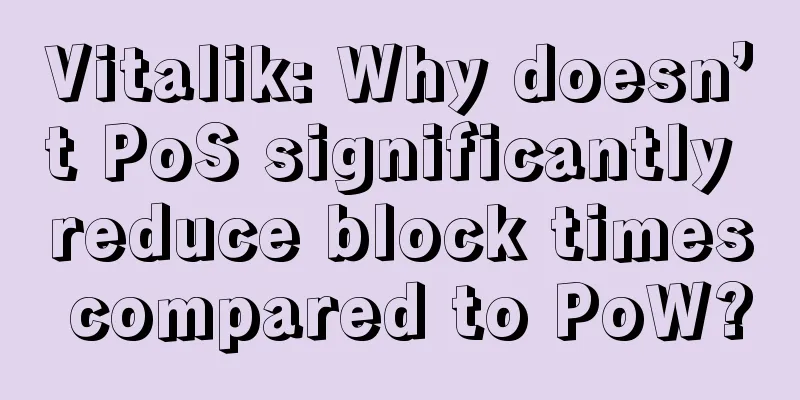
|
We are also actively researching mechanisms within the Ethereum protocol that we hope will provide users with stronger transaction confirmation guarantees within a few seconds and include transactions in the next or another recent block. Source: Vitalik Buterin, compiled by PANews Shortening the block time limit of a blockchain is related to security and decentralization , specifically, nodes with better network connections can gain a huge economic advantage, but in this case, it also leads to other risks, such as Ethereum mining and staking becoming more centralized (using centralized services like AWS). In proof of work (PoW), the core problem is that blocks appear randomly, that is, if the average block time is 13 seconds, this means that there is a 1/13 chance that the next two blocks will appear within 1 second. When two blocks appear close together, the miner with a better network connection has an advantage in propagating their own block (that is, the miner with a better network connection can broadcast its own block to the network first), so they can beat the other opponent. In a 13-second block time, this situation is tolerable, especially when uncle rewards reduce the economic loss of slightly late block times. But if the block time is shortened to 3 seconds, it may be a huge problem. (Note: In Ethereum, orphan blocks are called "uncle blocks". They can contribute to the security of the main chain. Ethereum's GHOST protocol pays rewards to uncle blocks, which will incentivize miners to reference uncle blocks in newly discovered blocks.) In proof of stake, the Ethereum blockchain will complete blocks evenly every 12 seconds, so the above problem does not exist. However, another problem arises - Ethereum's proof of stake mechanism attempts to provide a higher level of confirmation for blocks after a slot, which requires thousands of signatures per slot (currently about 9100) to be included in the next slot, and this process takes a lot of time and thus generates latency. The latency is more like logarithmic growth rather than linear growth. More importantly, halving the slot time and executing about 4550 signatures per slot period does not work because even if the slot time becomes shorter, it still takes almost the same amount of time per slot period. Not only that, aggregating a large number of signatures is also a big problem because this process requires multiple rounds of network communication. Even if this process can be completed safely in 6 seconds or even less, it may not be able to be uploaded on time due to the large number of signatures, which will eventually benefit those highly centralized network participants (nodes). At this stage, the 12-second block time set by the Ethereum proof of stake network is conservative, but it can provide us with a good buffer to deal with such risks. I don’t expect the time per slot to decrease much in the future, and it is very likely that the Ethereum blockchain will eventually complete transaction confirmation during a single slot (actually completing transactions during a single slot), rather than just strong transaction confirmation as it is now. If an Ethereum chain application needs to confirm transactions quickly, then they will have to rely on channels, or Rollups with pre-confirmation sequencers. In short, we are also actively studying mechanisms within the Ethereum protocol and hope that the relevant mechanisms can provide users with stronger transaction confirmation guarantees within a few seconds and include transactions in the next or another recent block. |
>>: The Meta Account Layer is the portal into the Web3 Metaverse
Recommend
Longevity and annual fortune in face reading
The area below Nian Shang and above the bridge of...
A woman with three moles forming a triangle
We all have some moles on our bodies. Some moles ...
Illustration of the wealth line of the palm of a woman who spends more than she earns
How to interpret the fortune line in women’s palm...
China's cryptocurrency "Tsinghua Gang": Huobi's Li Lin is the leader, and the "Sickle" drags down its reputation
Wu said blockchain original 2020-10-12 10:54 popu...
EY is looking to blockchain solutions
Rage Review : Ernst & Young will launch its t...
PNKS coin - a new coin based on the Monero algorithm. Ordinary computers can also mine it. Here is a tutorial on how to mine virtual currency!
Name: PINKSTARCOIN Abbreviation: PNKS Algorithm: ...
A glimpse into the soul to understand the love of a lifetime
A glimpse into the soul to understand the love of...
JPMorgan Chase is quietly offering blockchain remittances to 2,200 clients
JPMorgan Chase & Co. is quietly testing techn...
The Digital Currency Research Institute of the People's Bank of China announced 8 new patent inventions within two months
According to the official website of the National...
Who has good luck in making money from palmistry?
As the saying goes, "A horse cannot grow fat...
What does the neck have to do with fortune?
What does the neck have to do with fortune? Numer...
Where are the moles of wealth located?
Where are the moles of wealth located? 1. A mole ...
Is it good for a woman to have a narrow forehead? What does a woman look like to be blessed?
In the culture of physiognomy, a full, smooth and ...
Will people without marriage lines get married?
People without a marriage line have weak sexual f...
wFIL is bringing liquidity to the Filecoin storage market
Since its mainnet launch in October, Filecoin has...


